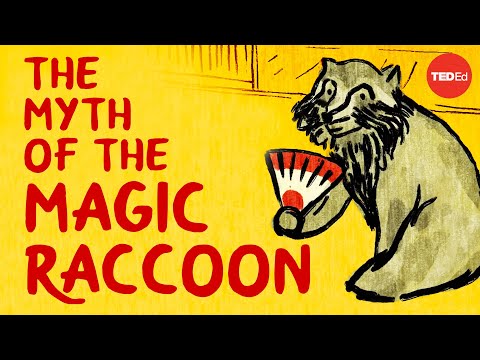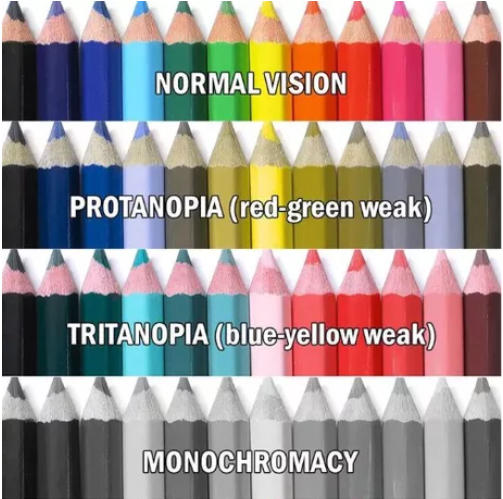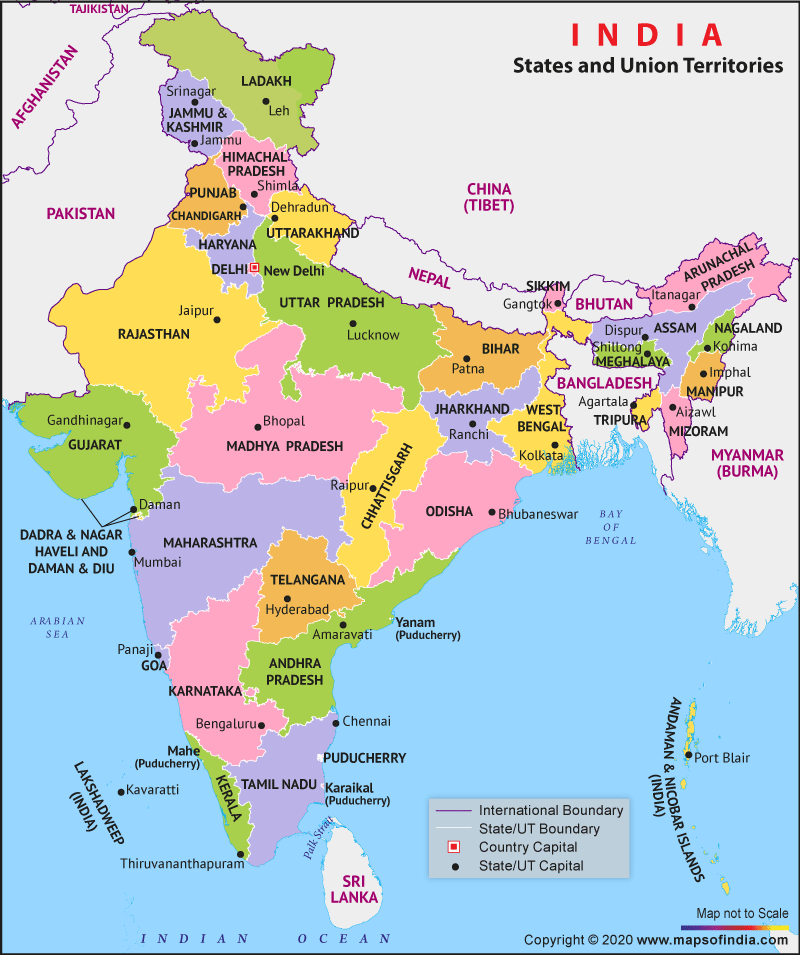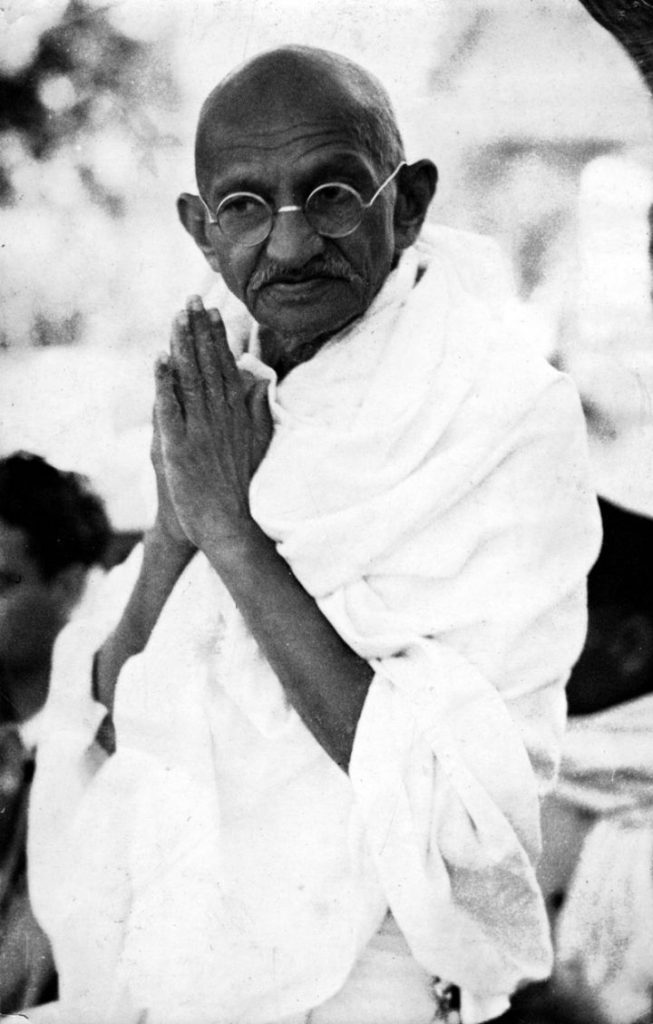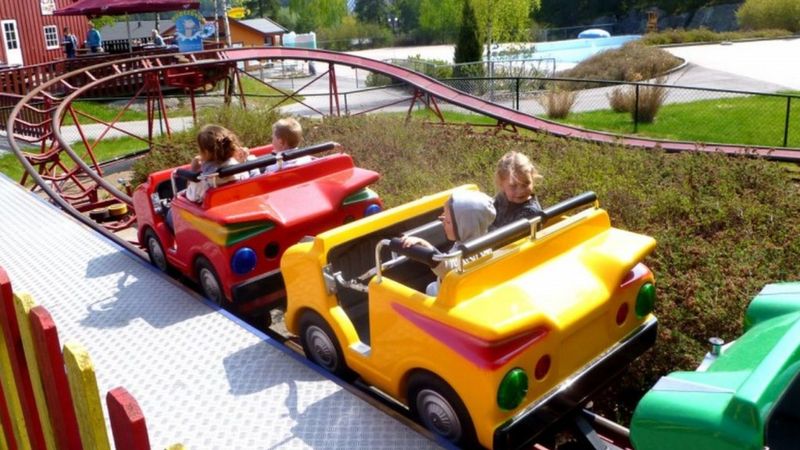As all of us are fighting the coronavirus pandemic hope is coming. A vaccine has been developed for this sickness but many questions remain about this vaccine. “Will it work?”Should we take” “Are other people going to take it?”. I will try to answer these questions but before I answer let me tell you what the coronavirus is.
First of all the coronavirus is an infectious disease. COVID-19, ‘CO’ stands for ‘corona,’ ‘VI’ for ‘virus,’ and ‘D’ for disease. Most people infected with the COVID-19 virus will experience mild to moderate respiratory illness and recover without requiring special treatment. Older people and those with underlying medical problems like cardiovascular disease, diabetes, chronic respiratory disease, and cancer are more likely to develop serious illnesses.
Protect yourself and others from infection by washing your hands or using an alcohol-based rub frequently and not touching your face. The COVID-19 virus spreads primarily through droplets of saliva or discharge from the nose when an infected person coughs or sneezes, so it’s important that you also practice respiratory etiquette (for example, by coughing into your elbow).
Now let us go back to the topic of the coronavirus vaccine. Everyone is hoping this vaccine will save thousands of lives. Ever since the pandemic started people have been urging for a vaccine. Now many companies have delivered this. Some companies are AstraZeneca, Fizer, Moderna, Bion tech. Their success is a scientific feat with few parallels. No vaccine has ever been developed so quickly, never mind manufactured for the world.
There a few types of vaccines but I wil only talk about two of the vaccines types. The are two types of vaccine traditional and mrna. The main goal of a vaccine for a particular infectious agent, such as the virus that causes COVID-19, is to teach the immune system what that virus looks like. Once educated, the immune system will vigorously attack the actual virus, if it ever enters the body.
.The traditional method that delivers viral fragments — either the dead husk of a virus or its disembodied proteins. These viral fragments can’t replicate and cause infection, but they do trigger an immune response.
Messenger RNA, or mRNA, is at the heart of both leading vaccine candidates, one from Moderna and the other from Pfizer and partner BioNTech. The companies’ clinical trial data suggest these vaccines are about 95% effective. mRNA vaccines are a new type of vaccine to protect against infectious diseases.
To trigger an immune response, many vaccines put a weakened or inactivated germ into our bodies. Not mRNA vaccines. Instead, they teach our cells how to make a protein—or even just a piece of a protein—that triggers an immune response inside our bodies. That immune response, which produces antibodies, is what protects us from getting infected if the real virus enters our bodies.
Both types of vaccines are okay to take. The traditional type of vaccine is slightly slower to produce and may require booster shots. But it’s a tried-and-tested approach. Although the mRNA vaccines can be designed quickly, people might develop immunity to the viral vector itself, limiting the ability to give multiple booster shots. First, Frontline essential workers such as fire fighters, police officers will get the vaccine,then People aged 75 years and older, then, People aged 75 years and older, People aged 16—64 years with underlying medical conditions, finally Other essential workers, such as people who work in transportation and logistics, food service, housing construction and finance, information technology, communications, energy, law, media, public safety, and public health.
All COVID-19 vaccines currently available in the United States have been shown to be highly effective at preventing COVID-19 But ultimately all these decisions are up to you. Whether you want the vaccine or Which vaccine to take. This vaccine is a dose of hope that can light the way through these dark times.


